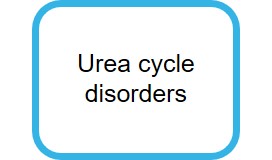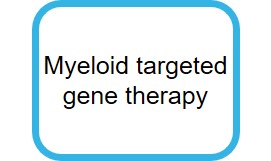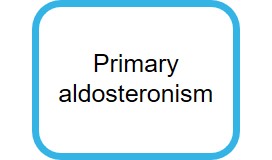Gene editing, Targeting and Delivery
Workpackage 1 will develop the technology, expertise, and infrastructure required for effective gene therapies. The gene therapy systems developed in WP1 hold the potential to revolutionize the treatment of genetic diseases in children and adults. For the first phase of ITINERARE, we selected 5 disease areas with pressing unmet clinical needs: metabolic, neurological, immunological, and endocrine diseases. To advance these high-risk/high-gain projects, we will capitalize on available and emerging expertise in genome editing and RNA-based therapies. Moreover, we will utilize novel delivery tools like exosomes for advanced cellular targeting and gene-addition therapies.
Targeting small mutations: genome editing by CRISPR/Cas
Disease-causing mutations in urea cycle disorders and myeloid immunodeficiency can be tackled by direct gene editing or by CRISPR/Cas-mediated targeted insertion of corrective cDNA. We will apply newly developed CRISPR/Cas9 approaches based on homology-directed repair (HDR) and homology-independent targeted integration (HITI). Moreover, we will develop new base-editing approaches using CRISPR/Cas9 and Cas12a to rescue mutations in post-mitotic tissues. During the later stages of ITINERARE, this should lead to 1-2 first-in-man clinical gene therapy trials.
Direct delivery into organs: novel cRNA-based expression systems
Unlike diseases of the immune system, which can be cured by correcting HSC, genetic diseases originating in somatic cells are challenging targets for gene therapy. This can be overcome with novel circular RNA (cRNA)-based expression systems in which RNA stability and thereby duration of translation and therapeutic activity is maximized, and advanced targeting strategies with exosomes.


